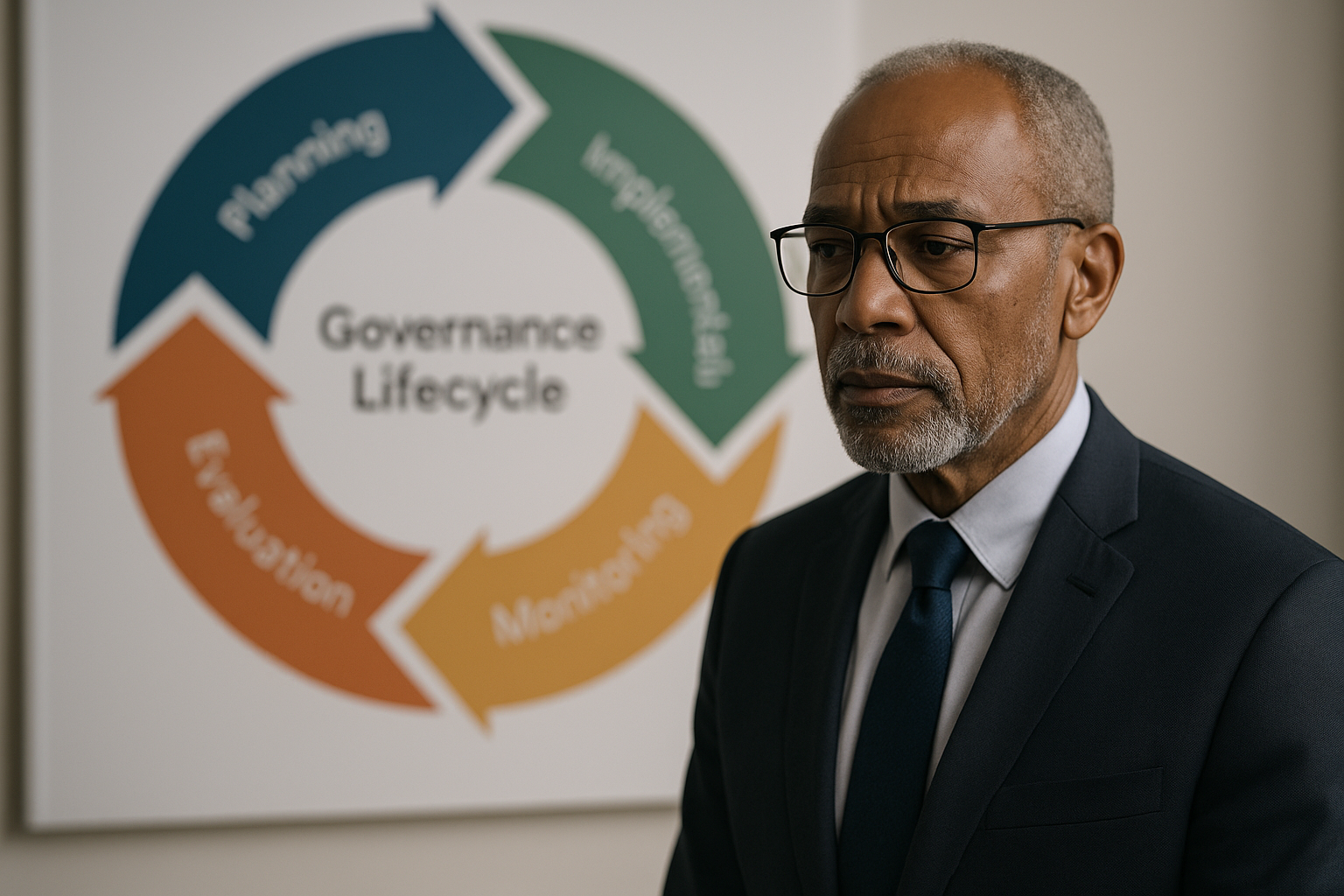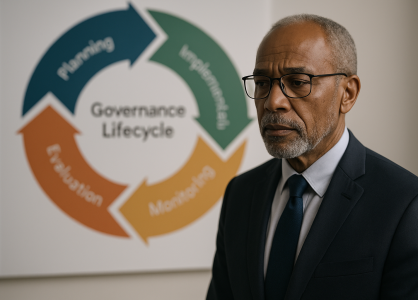Many organizations still treat governance as a “check-the-box” exercise—something to complete once during onboarding, compliance reviews, or annual audits. But in reality, governance is not a moment in time. It’s a continuous cycle that follows every client, vendor, or partner throughout their relationship with your business.
True governance doesn’t end when the paperwork is signed. It evolves with every interaction, transaction, and risk exposure over the lifecycle of the relationship.
🔄 Governance as a Lifecycle, Not a Checklist
According to EY, organizations that adopt lifecycle governance outperform those that rely on one-off checks. Why? Because risks, regulations, and business realities don’t stand still.
A vendor who was low-risk at onboarding might become high-risk if they expand into new jurisdictions, experience financial instability, or face regulatory action. Without continuous oversight, these shifts go unnoticed—leaving businesses exposed.
🛡️ Oversight Across Every Stage
Lifecycle governance ensures that every phase of a business relationship is managed with clarity and accountability:
- Onboarding – Initial due diligence, background checks, and compliance reviews.
- Active Relationship – Ongoing monitoring of performance, risk, and contractual obligations.
- Event Triggers – Reassessments during significant changes, such as mergers, new regulations, or market volatility.
- Offboarding – Proper exit procedures, data security, and lessons learned to feed back into future oversight.
KPMG highlights that frameworks designed with these stages in mind provide both resilience and agility—qualities businesses need in today’s fast-changing world.
📈 Why Continuous Oversight Matters
- Risk Doesn’t Pause – Political shifts, cyber threats, and supply chain disruptions can arise anytime.
- Trust Requires Proof – Clients and regulators expect ongoing validation, not one-time reports.
- Growth Depends on Agility – Companies that manage governance proactively adapt faster to market and compliance changes.
The message is clear: governance is not static. It is a dynamic process that protects, strengthens, and enables businesses to grow responsibly.
🚀 How MPG Supports the Governance Lifecycle
At MPG (My Premium Governance), we help businesses manage oversight from end to end:
- Onboarding Tools 📂 – Comprehensive due diligence and classification.
- Ongoing Monitoring 📊 – Risk dashboards, alerts, and compliance tracking.
- Event Management ⚡ – Built-in flexibility for reassessments and documentation updates.
- Offboarding Support ✅ – Ensuring closure is just as secure as onboarding.
By embedding lifecycle governance directly into business processes, MPG makes oversight seamless, continuous, and effective.
✅ Final thought: Governance isn’t a one-off task to be “completed.” It’s an ongoing commitment that evolves with every relationship. Companies that embrace lifecycle governance aren’t just compliant—they’re future-ready.

